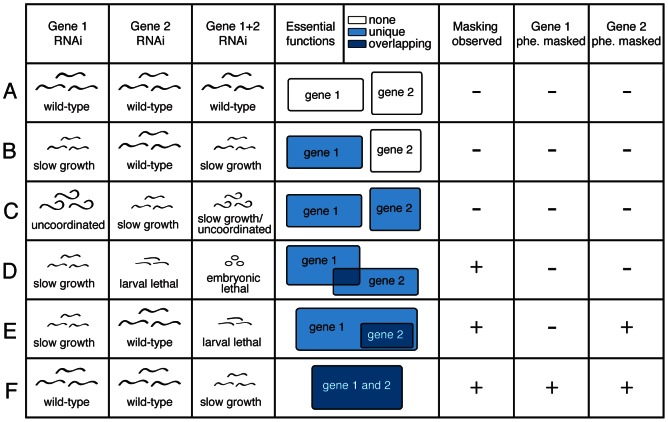Figure 1. Definitions of partial and full phenotype masking.
Rows represent theoretical knockdown results for duplicate pairs (A–F). The first three columns show examples of observed phenotypes for knockdown of gene 1, gene 2 or the double knockdown of both genes. Phenotype masking is scored positive if the double knockdown displays a more severe phenotype than expected under a multiplicative model of interaction, when compared to the two single-gene knockdowns (D–F; see Methods). A gene's phenotype is considered ‘fully masked’ if no observable defect is found upon single-gene knockdown, but phenotype masking is revealed upon double gene knockdown (E–F). Phenotype masking is presumed to stem from some overlap in the biochemical functions of the genes: this is shown in column 4, in which boxes represent essential gene functions defined as any apparent phenotypic defect, white indicates that we infer no essential function, light blue that we infer an essential function unique to one gene, and dark blue that we infer overlapping essential function between genes.

